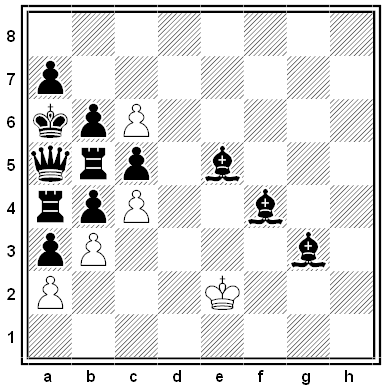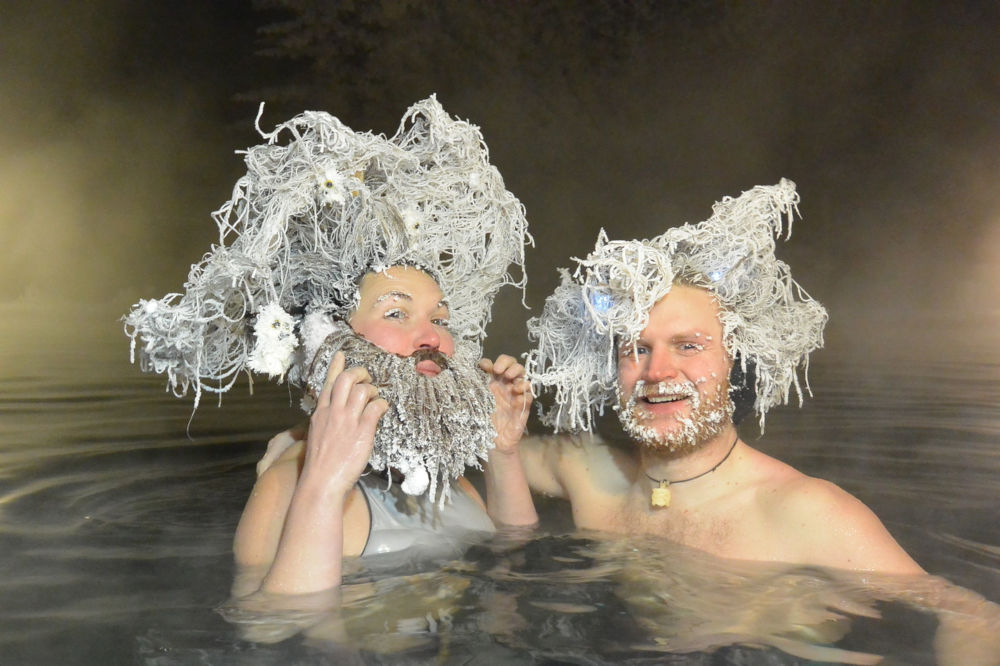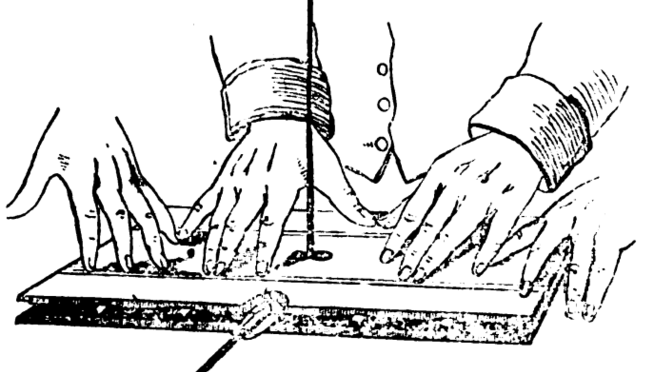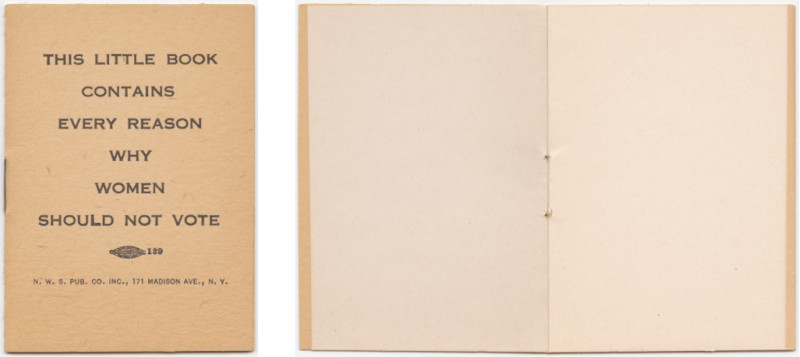Richard Feynman tangled regularly with military censors at Los Alamos. Playing one day with a computing machine, he discovered a pleasing little pattern:
1/243 = 0.004115226337448559670781893004115226337448559670781893004115226…
“It’s quite cute, and then it goes a little cockeyed when you’re carrying; confusion occurs for only about three numbers, and then you can see how the 10 10 13 is really equivalent to 114 again, or 115 again, and it keeps on going, and repeats itself nicely after a couple of cycles. I thought it was kind of amusing.”
Well, I put that in the mail, and it comes back to me. It doesn’t go through, and there’s a little note: ‘Look at Paragraph 17B.’ I look at Paragraph 17B. It says, ‘Letters are to be written only in English, Russian, Spanish, Portuguese, Latin, German, and so forth. Permission to use any other language must be obtained in writing.’ And then it said, ‘No codes.’
So I wrote back to the censor a little note included in my letter which said that I feel that of course this cannot be a code, because if you actually do divide 1 by 243 you do, in fact, get all that, and therefore there’s no more information in the number .004115226337… than there is in the number 243 — which is hardly any information at all. And so forth.
“I therefore asked for permission to use Arabic numerals in my letters. So, I got that through all right.”
(From his reminiscences.)








